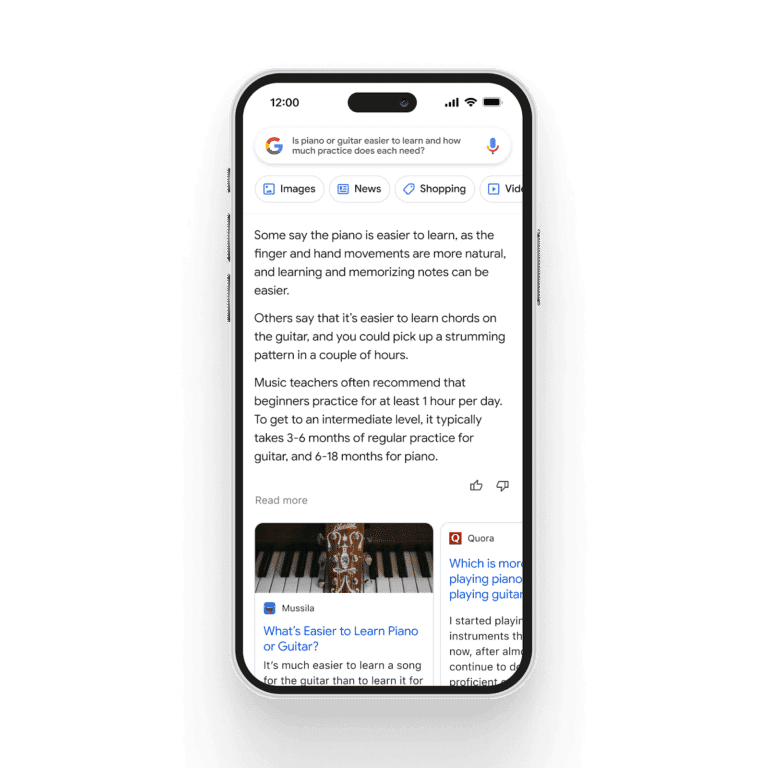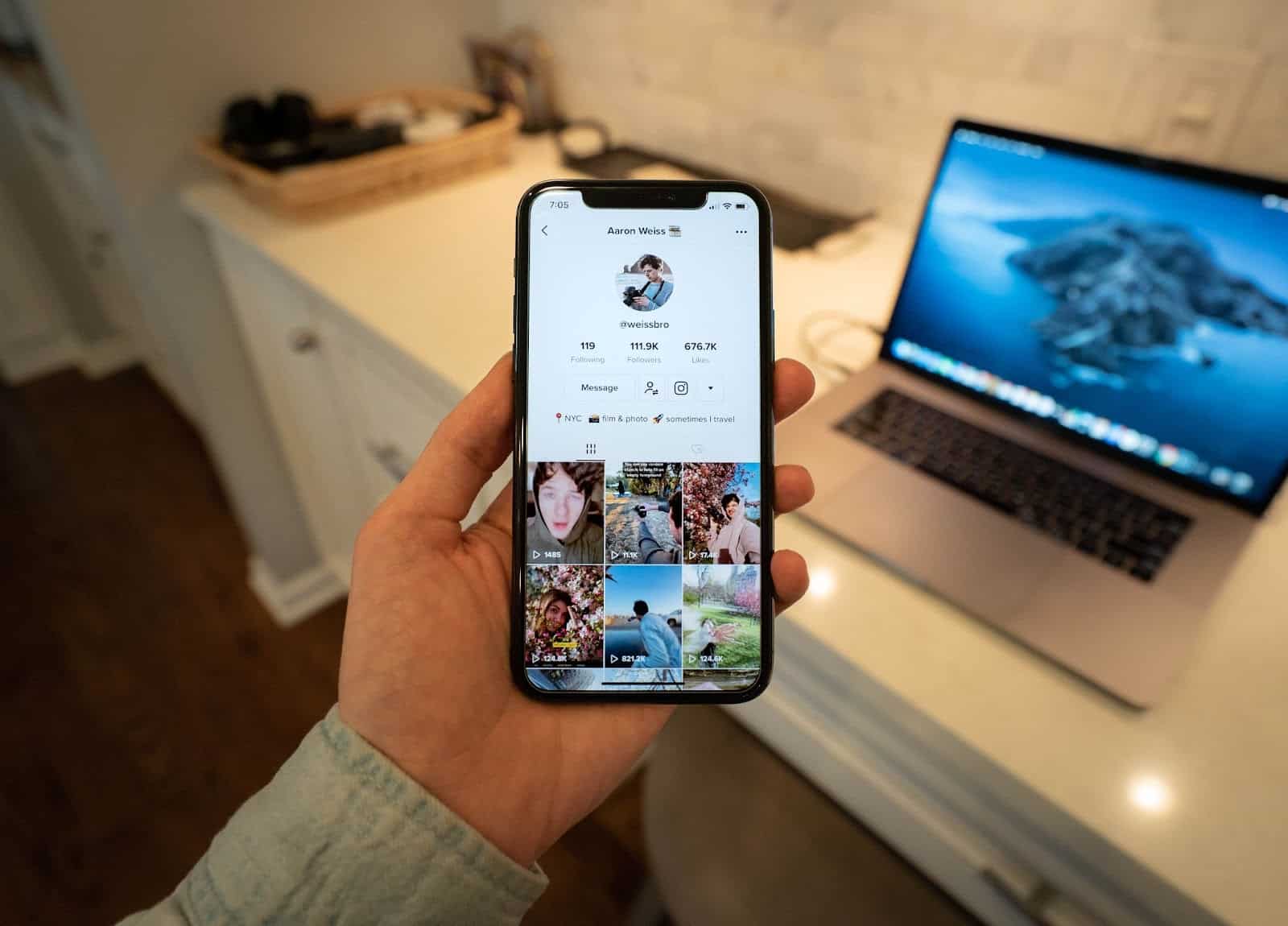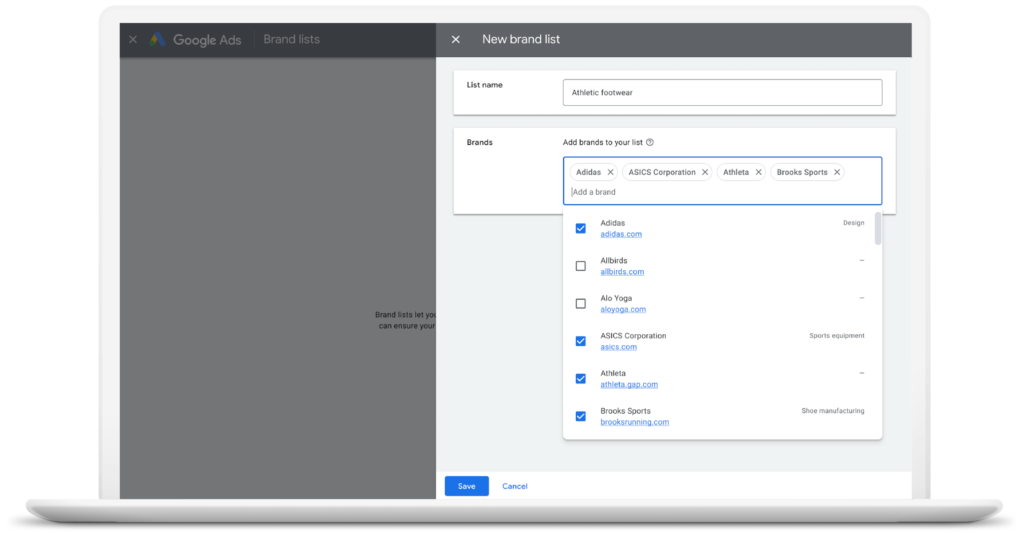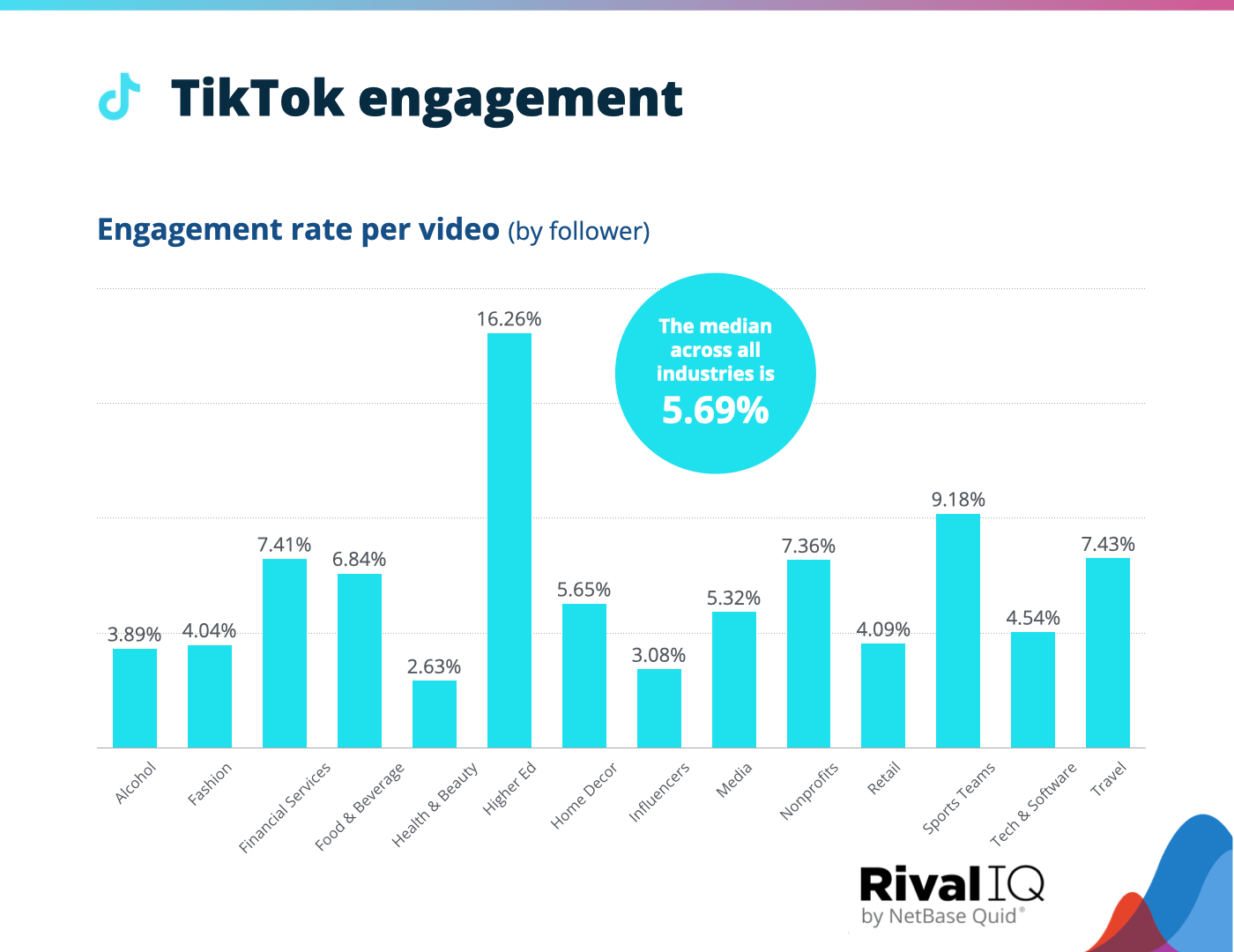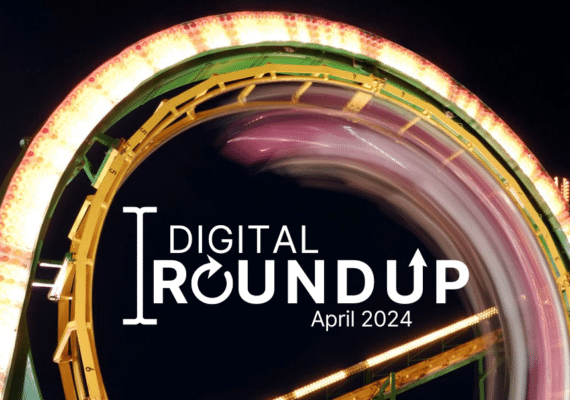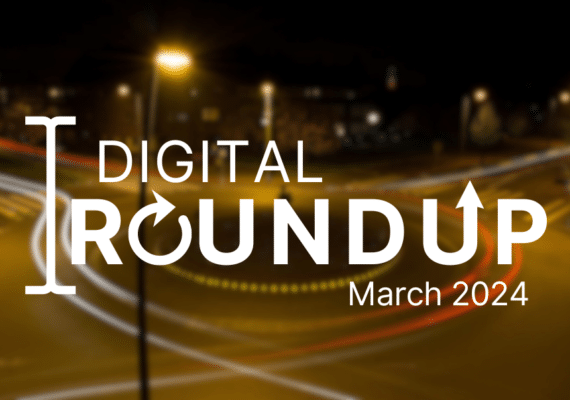In this month’s Digital Roundup, we take a look at some of the newest trends and updates from the world of digital, including Google’s new conversational AI and changes to TikTok’s monetization model. Keep reading to stay up-to-date:
Contents
Google Has Updated Its Link Guidance
Google has recently updated its guidance on how to properly use links so we’ve pulled out some key points for you below.
Firstly, Google advises using <a> tags with “href” attribute in order for Google to be able to crawl them. Some examples of alternative methods are listed in Google’s link guidance.
Google can use the title attribute if the anchor text is missing. This means it’s essential to check that the title attribute and anchor text accurately describe the purpose of the link.
There’s also guidance on how to write good anchor text with Google highlighting some bad examples that are used all too often, such as; “click here” or “read more”. The aim of the anchor text is to be descriptive enough for users to understand what the purpose of the link is and be able to decide whether to follow it or not. You can try reading just the anchor text on its own to see if it is specific enough to make sense. However, excessively long anchor text is considered bad practice also so be concise.
Another point to consider is that the words before and after the links provide context. Try and use natural language, keeping it clear and simple to understand and avoid squeezing in those additional keywords.
Google Launches Bard, Its Version of ChatGPT
Google’s experimental conversational AI service is set to be made more widely available soon. Bard is powered by a lightweight version of LaMDA (Language Model for Dialogue Applications) which was announced in 2021 as Google’s next-generation language and conversation capabilities. Google said the trimmed-down version used for Bard requires “significantly less computing power”.
Images of how Bard will be integrated into search have been released. However, at this stage, Bard is separate from Google search but a promised integration will be rolled out at some point soon.
Meta Launches Meta Verified Subscription Service for Blue Verification Badge on Facebook and Instagram
Meta, the parent company of Facebook and Instagram, has launched a new subscription service called Meta Verified, which allows users to acquire the coveted blue verification badge for a monthly fee of up to $15.
Previously, the blue checkmark was only available for public figures, but now anyone can have the badge by verifying their identity using government-issued ID cards. The service is currently available in New Zealand and Australia, with plans for global expansion in the near future.
Meta CEO Mark Zuckerberg stated that the new service is focused on “increasing authenticity and security across our services,” and offers benefits such as improved protection against impersonation attacks, direct access to customer support, and increased visibility and reach. The move comes in response to decreased advertising revenues due to Apple’s implementation of stricter privacy changes on iOS.
By offering a valuable subscription service, Meta aims to create a new revenue stream and reduce its reliance on advertising income. The increased authenticity and security could also lead to a better user experience and more engagement, which would benefit advertisers seeking to reach a reliable and engaged audience.
Other social media platforms, such as Snap and Twitter, have already launched their own subscription services, with Twitter’s Twitter Blue also offering the blue verification badge.
TikTok’s Creativity Program Beta Offers Monetization Opportunities for Longer Content
TikTok has launched an invite-only Creativity Program Beta to help creators monetize high-quality, original content longer than one minute.
Eligibility requirements for the program include being at least 18 years old, having a minimum number of followers and video views, and maintaining a good-standing account.
The program is currently available in the US, France, and Brazil, with more regions to be added soon.
Creators who are invited to join the program gain access to an updated dashboard for monitoring video eligibility, estimated revenue, performance metrics, and analytics.
The TikTok Creator Fund pays creators based on views and engagement on their videos, while the TikTok Creativity Program aims to provide higher revenue potential and unlock more real-world opportunities.
The TikTok Creator Fund is open to eligible creators meeting specific criteria, while the TikTok Creativity Program is invite-only and only available to creators who meet specific requirements.
Both programs aim to support creators and offer monetization opportunities, but the Creativity Program aims to provide higher earning potential and unlock real-world opportunities for creators.
Facebook Ads Introduces New Features to Enhance Targeting and Shopping Capabilities
1. Businesses can now choose to automatically or manually tag products from their shop catalogue in single-image ads on Instagram
This feature is aimed at making it easier for customers to start shopping directly from the ads. By adding product tags, customers can easily learn more about the product and its price, and even make a purchase without leaving the Instagram app.
2. Branded Content ad requests for posts featuring your business
When your business is tagged in someone else’s Facebook post, you can now request to boost that post in a Branded Content ad on Facebook. The owner of the original post will receive a notification to accept or decline your request. This feature can help businesses expand their reach and gain more exposure, as well as enhance their collaboration with influencers and other brands.
3. Detailed reporting breakdowns for Advantage+ App campaigns
Detailed reporting breakdowns are now available for Advantage+ App campaigns. This feature enables businesses to get a more in-depth understanding of their ad campaigns’ performance and how different delivery metrics, such as age, gender, placement, and impression device, affect their results. This data can help businesses optimize their ad campaigns and target their audience more effectively.
4. Automatic targeting of potential travellers
Facebook will now automatically prioritize ad delivery to people who may be planning to travel, instead of relying on businesses to manually select this option. This feature is especially relevant to businesses in the travel and hospitality industry, as it can help them reach potential customers who are actively searching for travel-related products and services.
Upcoming Google Performance Max Features
Some of the new and updated features coming to Performance Max campaigns will allow advertisers greater control over how their ads are served, as well as more expansive insights and an increased understanding of how their campaigns are performing.
The first of these new changes to note is campaign-level brand exclusions – a feature Google hopes will help to eliminate wasteful traffic for brands specified by advertisers. The feature is simple: you will be able to choose specific brands to exclude for each of your Performance Max campaigns from a list within the UI, which will include misspellings, searches in foreign languages and your own brand if you so wish. These can also be compiled into shared lists to use across your campaigns.
This feature doesn’t necessarily only cover the big household names that Google knows about – advertisers will have the ability to submit a request for a brand to be added within Google Ads if it doesn’t appear on the list.
The second useful feature coming soon is a new set of budget pacing insights. These handy little stats aim to give advertisers a quick overview of their campaigns’ current and future performance, with their key suggested metrics coming in the form of campaign spend, projected spend, as well as your current and forecasted conversion performance.
The hope is that these insights and customisable recommendations will give advertisers a snapshot view of the pace their campaigns are running at, whether they are likely to prove worthwhile in the future, and what opportunities there may be for budget redistribution in order to drive more conversions.
TikTok in Tip-Top Shape – Platform Storms Ahead in Engagement Rate
The results are in: according to a new benchmark report featuring 14 top industries, whilst other platforms have taken a hit or stagnated, TikTok continues to rise well above the competition with its whopping 5.69% median engagement rate per video.
This comes after Facebook saw a year-on-year decline to 0.060%, Instagram continued its 3-year streak by -30% to 0.47%, and Twitter just held on to a median of 0.035%. To even those living under rocks these results should come as no surprise, with TikTok consistently commanding the lion’s share of attention – perhaps even their ongoing data concerns proving the adage of any publicity being good publicity; simply put, people cannot get enough.
Drilling into the results, we find Higher Education sitting top of the leaderboard at 16.26% – far above Sports Teams at 9.18%. Albeit one of the least frequent posters (perhaps suggestive of quality posting over quantity), we are seeing more and more to reinforce the idea of a definite and pronounced shaping of TikTok’s utility.
Far from the lip-syncing platform everyone underestimated, the idea that TikTok has evolved to become a hub of quality, informative and personable content is quickly becoming a provable reality.
Data from RivalIQ
Longer Video Ads Increase Conversions
Research shows that longer-form videos can generate up to 50% more conversions compared to shorter ones across ad campaigns.
As our collective attention spans have decreased over recent years, a general rule of thumb for organic video posts has been to keep them under 30 seconds, excluding long-form video-sharing platforms such as YouTube. That’s why it may come as a surprise that in a recent report released by Liftoff, extended videos have been shown to improve paid campaign performance and be more effective at catching people’s attention.
The report analysed data across 1 trillion impressions and 24.5 billion clicks over the last year. The results show that videos lasting between 31-60 seconds long saw improved engagement and click-through rates. If you are running an ad campaign using video or are in the process of planning one, consider running an A/B test across longer and shorter video formats. Monitor the results to ensure that this approach benefits the ROI for your organisation.




